Helping Honduras build a more robust climate adaptation strategy for the agriculture sector
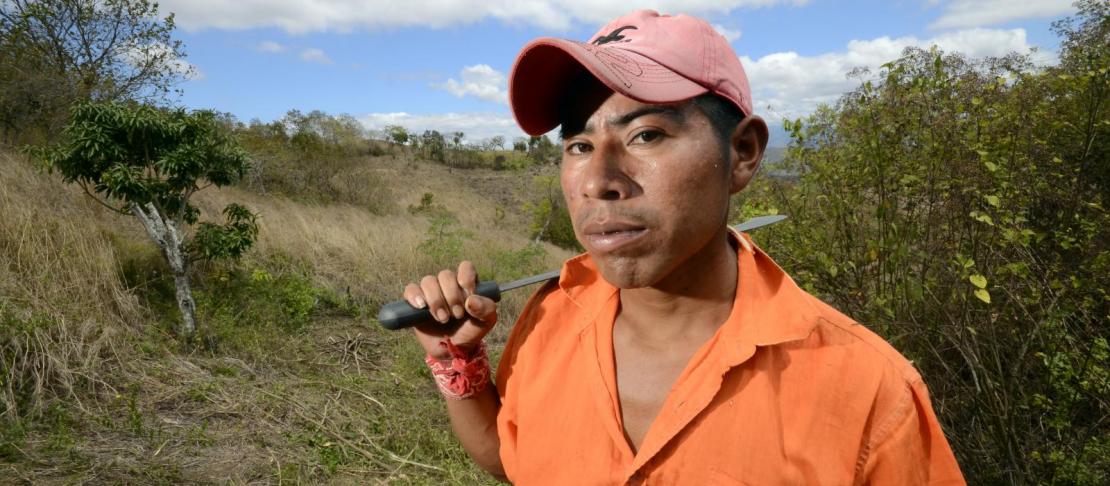
Future scenario development and modeling approach helps further strengthen Honduras’ risk management and climate adaptation strategy.
Honduras’ agriculture sector, the backbone of the economy, is extremely vulnerable to climate variability and change. Bad weather conditions and fungus from increasing temperatures are already tormenting farmers by crippling yields and profits from the previously successful coffee and banana plantations.
This is however only one of many concerns facing the government, which also has to 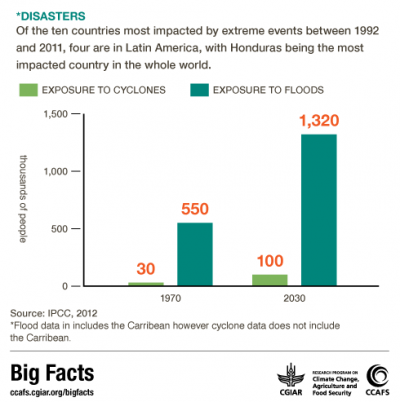 tackle land degradation, hurricanes, rainfall-triggered landslides and floods, and now severe droughts, sweeping across the country.
tackle land degradation, hurricanes, rainfall-triggered landslides and floods, and now severe droughts, sweeping across the country.
Needless to say, Honduras is one of the most climate-affected countries in the world. Between 1992 and 2011 the population experienced 60 extreme weather events with hundreds of climate-related deaths following in their footsteps.
To reverse the situation and start building a more stable and equitable future, appropriate steps towards establishing forward-looking plans that take into account uncertainty and climate variability, are needed.
In line with this thinking, a Future Scenario workshop was held in one of the two most vulnerable regions of Honduras, Choluteca, in September this year to test and thoroughly revise a draft climate strategy by the Secretariat of Agriculture and Livestock. The “Strategy for risk management and climate change adaptation for the sector of agriculture and livestock” was tested against country-based socio-economic and environmental scenarios combined with climate impacts on the agricultural sector.
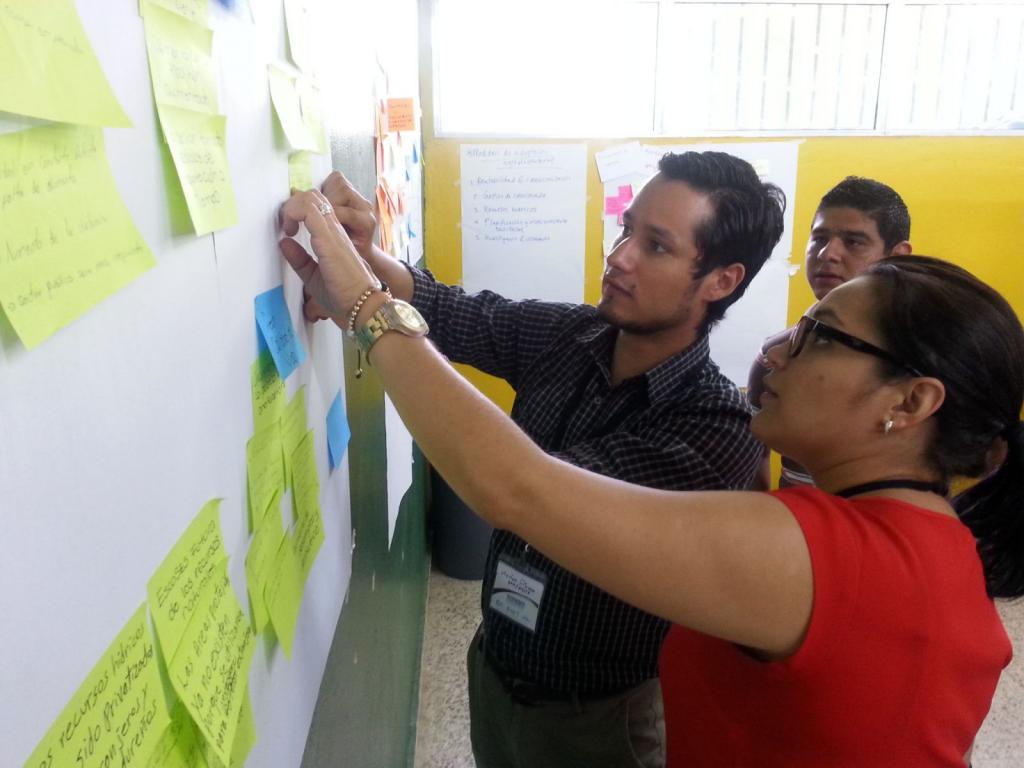
Image from the Scenario workshop in Honduras. Photo by: Marieke Veeger
Led by the University for International Cooperation in Costa Rica and the CGIAR Research Program on Climate Change, Agriculture and Food Security (CCAFS), the workshop managed to pull together key policy-makers and government officials that work directly with farmers. Having key stakeholders on board for the workshop was really the result from extensive partnership building by the CCAFS Latin America Program.
What are scenarios?
Scenarios are not meant to be predictive, but instead help policy-makers and others acknowledge future uncertainty, and test current strategies and policies against different but highly plausible future worlds. 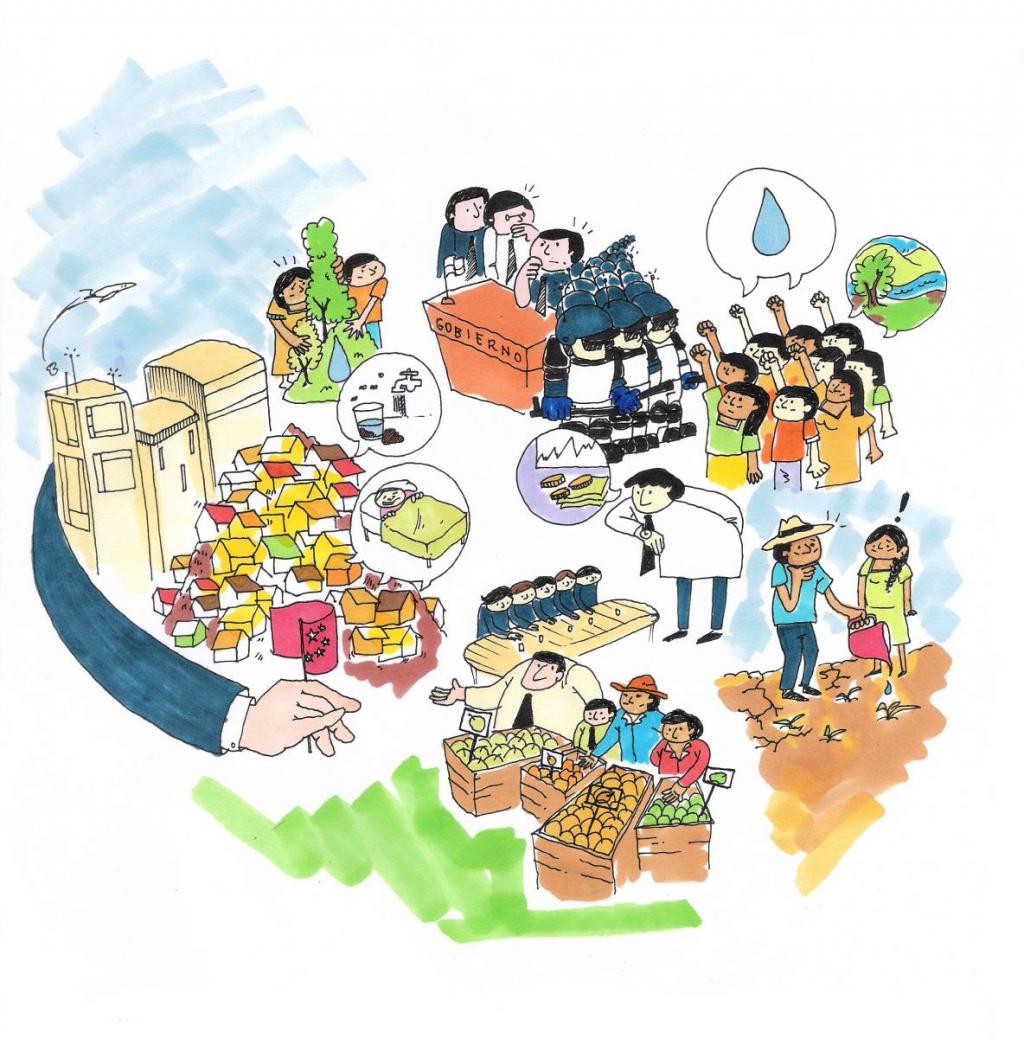
One can say Scenarios are different “what-if” accounts of the future that can be told in words, numbers, images, maps and/or interactive learning tools. The scenario illustration represents one of the many future scenarios Honduras might come to experience, as imagined by participants in the scenario process.
The image represents a Honduras caught up in several internal conflicts ranging from depleting water sources and environmental degradation, to rising inequality, and steep urbanization and population growth, and reduced state power in favour of private businesses.
Participants take a critical look at the climate strategy
The country’s policy makers can use scenarios to ask what needs to happen today, in order for Honduras to achieve its goals in the face of an uncertain future? In the context of the scenarios, policy makers try to re-design their plans to avoid catastrophic situations like the scenario above - if it becomes clear that they can be avoided.
On the other hand, they try to make sure the policies help people adapt to changes that are outside of the government’s control, like climate change or global economic crises.
Despite a tumultuous start, with original key stakeholders leaving the Secretariat of Agriculture and Livestock, we were finally able to bring everyone together in September for a workshop, says Marieke Veeger, scientist at the University for International Cooperation in Costa Rica, in her role as Scenarios Coordinator for Latin America for CCAFS.
We got participants to build various scenarios, and using back casting, and the group came up with several items that had to change in the current strategy, such as the lack of long-term adaptation techniques and focusing too much on the national shrimp industry.
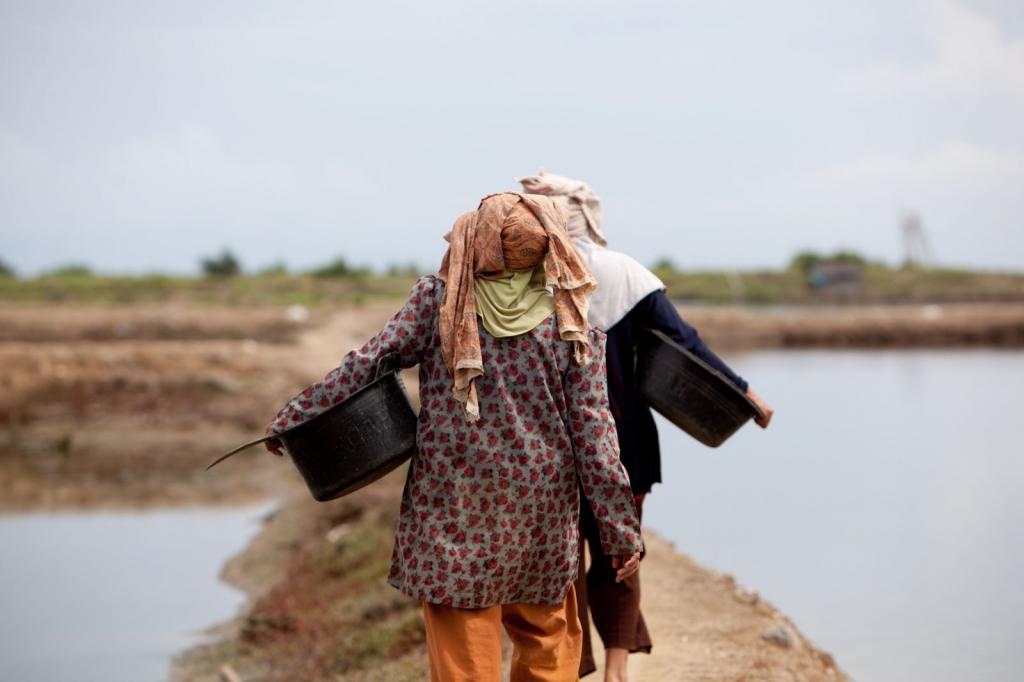
It quickly became very clear that the strategy had to be diversified, and include other types of livelihoods, such as cattle and poultry businesses too. Participants also suggested to include territorial planning in its objectives to guarantee most fertile lands for agriculture, since several of the scenarios showed drastic urban expansion, says Marieke Veeger.
I was really happy to see that the participants, some of whom had led the strategy work themselves, were so open to the suggested changes. That is not always a given in this work,” explains Marieke Veeger. “What’s good about the Scenarios work is that it can really help policy-makers strengthen a current plan or policy, without requiring too much time and effort from them. I believe that is what our partners find the most attractive.
After the session, most of the suggested improvements to the plan have been incorporated and the plan is to implement them in the beginning of next year. The improved version of the plan has been used in the development of a broader government adaptation plan as well. The participants have also expressed an interest in using the same methodology in other national climate and agriculture plans, to help make them more robust, both great outcomes from these efforts.
Success is many times dependent on good timing, something you might not be able to influence. But we have found that building the right relationships with key influential stakeholders and getting them to participate in the workshops is crucial in order for policies to change. Also, making sure that there is a plan or policy ready to be tested, which will be implemented regardless of the Scenario activities, is also key in order to achieve traction, says Marieke.
During the COP20 climate change conference week in Lima Peru, Marieke Veeger presented the Honduras case study and the successful Scenarios process. View her presentation below (in Spanish):
Scenario work has been ongoing under the CGIAR Research Program on Climate Change, Agriculture and Food Security (CCAFS) umbrella since 2010, led by the University of Oxford. A lot has happened since then, and the last few years focus has moved from developing scenarios to helping policy makers use the modelling and scenario building techniques to improve specific policies, work that is now starting to pay off as in the Honduras case and in many other cases:
- What does the future hold for Bangladesh? Modeling scenarios for better climate policies
- Intelligent ideas: scenarios to manage water as climate changes in Guatemala
Blog written by Cecilia Schubert, CCAFS Flagship 4 Communications Officer, with significant contributions from Marieke Veeger and Joost Vervoort, both working for the Future Scenarios team. Illustration in the blog by Laura Astorga.



